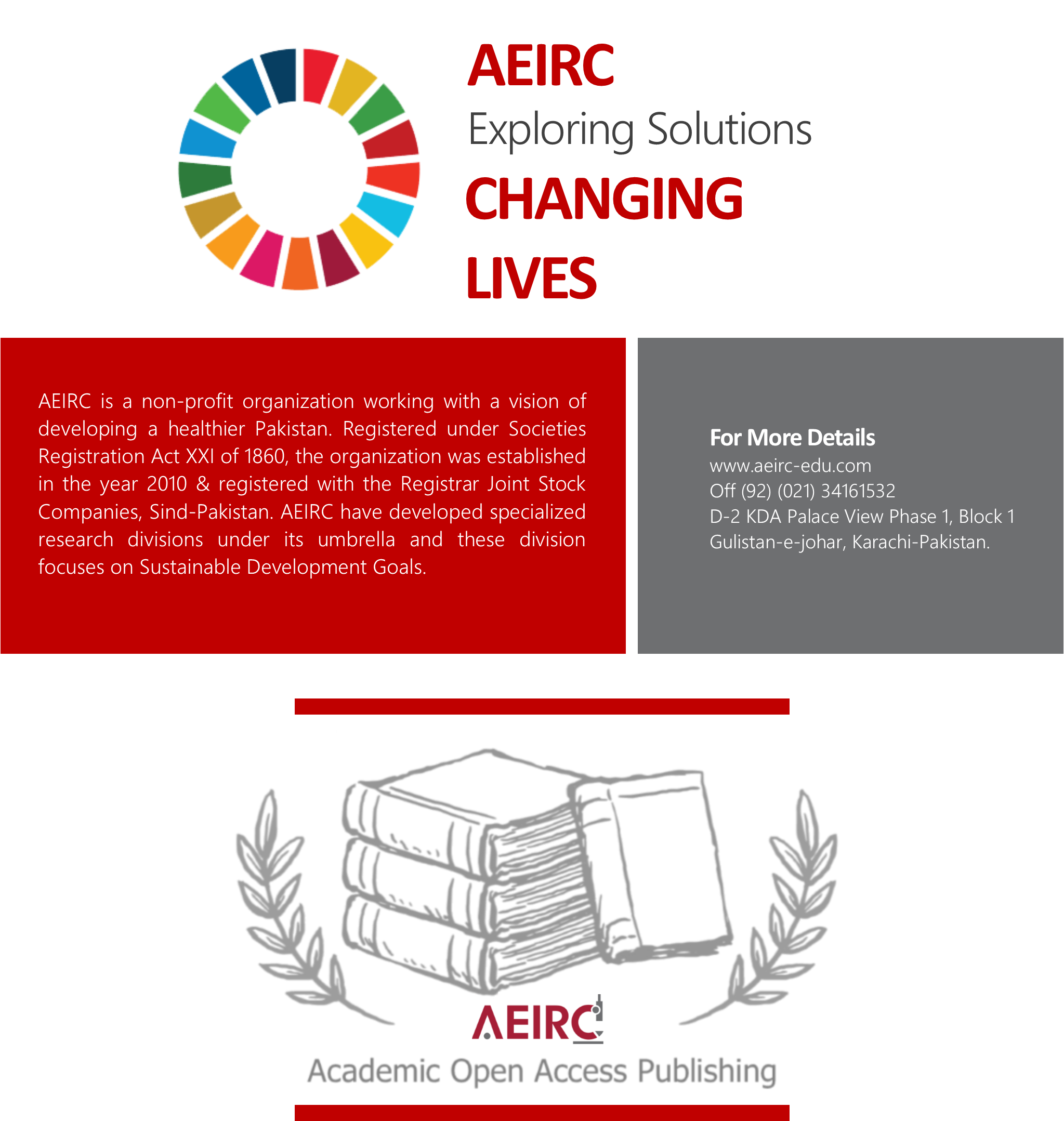Image Integrity
Image Integrity & Standards
The Authors are recommended to retain unformatted files of the submitted manuscript including the raw as well as the metadata files, as it may be requested later in the process for manuscript evaluation. The evaluation and publication process will be delayed in case of missing data files. The final revised manuscript is recommended to be submitted with high- quality images with a minimum resolution of 300 d.p.i. for colored images, while 600 d.p.i. for images on greyscale and 1200 d.p.i. for images with line art.
The authors must use the least formatting for images. It must be kept in mind while processing the images that the results should be indicated by each image clearly. The authors are recommended to follow the below-mentioned instructions for image processing:
- Proper listing of the image processing tools, software packages, image gathering techniques, and settings and manipulations must be mentioned in the methodology section.
- In-case if the images are gathered from different sites and combined to form a single image. This is only applicable if the image formed is indicative of the time-lapse sequence. The borders of each image must be well-defined and labeled in legend within the figure.
- The authors are recommended to avoid using cloning and healing tools while using photoshop.
- Extreme processing must be avoided such as manipulation in image contrast to focus one region of the results displayed in the image. While the minor processing including minute changes in brightness and contrast of the overall image to ensure visibility.
- The authors may be asked to submit unprocessed images upon final submission. Therefore, data retention is mandatory.
Microscopy
For microscopic images, it is highly recommended that authors should juxtapose multiple cells from several fields into the single field. Instead, we prefer putting up multiple supporting fields for a better understanding of the readers. All sorts of adjustments must be applied to the entire image. Manipulation with signal ranges must be avoided.
Checklist for Image processing
Methodology section of the final submitted manuscript must include the following in terms of image processing:
- Types of tools and acquisition software are used for image processing like microscopes/objective lenses, cameras, detectors, and filter models, etc.
- Manipulations in the final image must be disclosed.
- Initial resolution at which the image was captured.
- Processing of the image for enhancing resolution.
Image Manipulation
Any sort of image manipulation suspected by the readers or reviewers must be notified via email at journal@aeirc-edu.com, the corresponding author will be given a fair chance to submit an explanation. If found unsatisfactory or the manipulation is admitted by the author, the manuscript will be retracted or the author can be requested to submit alteration only if the majority of their work was original and minor manipulation was made among images. If the author fails to do so the retraction will be published.







